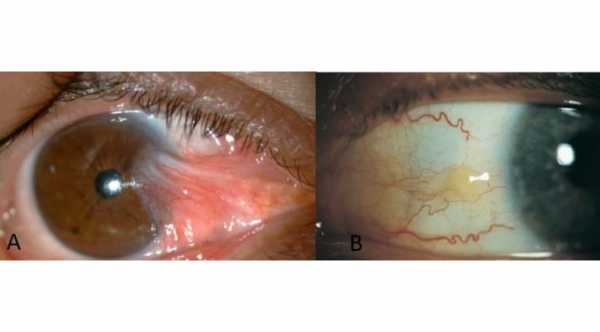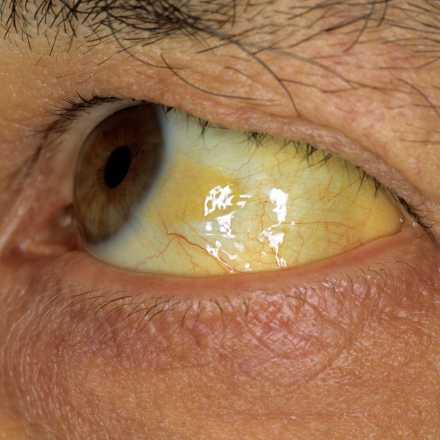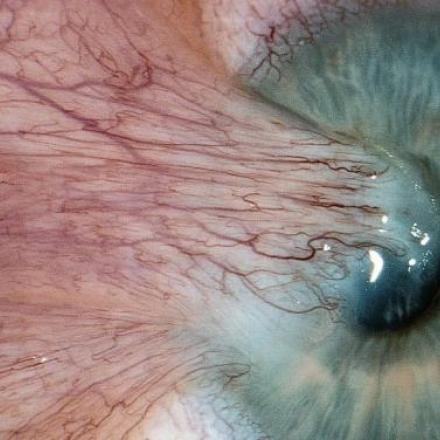
Pterygium VS Pinguecula
A pterygium and a pinguecula are 2 different kinds of growths that can be found on the eye’s conjunctiva (clear membrane over the white part of the eye). Though they may look similar and most of the symptoms are also similar, they are 2 different eye conditions that can be distinguished from one another.
Pterygium
Pterygium (pl. pterygia) is also called the surfer’s eye. A growth of pink, fleshy tissue on the conjunctiva can be noticed that may form from the inner corner of the eye (nasal pterygium) or from the outer corner (temporal pterygium) extending to or over the cornea. It can occur on one eye or both. Formation of pterygium is associated to overexposure to sunlight without eye protection.
Some may not experience any symptoms at all depending on the severity of the condition. It can also grow gradually and in severe cases, it can extend over the cornea covering the pupil that causes vision problems.
Other symptoms of Pterygium may be:
Foreign-body sensation
Redness
Itching
Irritation
Dry eyes
Burning sensation
Pterygium extending over the cornea can also make it difficult for contact lens wearers as the surface of the cornea is altered. Because of this, discomfort and change in the refractive power of the cornea can occur.
Treatment of Pterygium
Depends on the severity of the condition. Mild and temporary symptoms such as redness and irritation might not require treatment, else over-the-counter eye drops or ointments may be prescribed by an eye doctor. A more bothersome symptom may be treated with topical corticosteroid eye drops such as Pred Forte Eye Drops.
If vision is affected, surgical excision with or without grafting may be advised by an eye doctor. Surgical pterygium removal is usually recommended only when there’s a significant change in vision or if all other treatment options fail to address the symptoms. However, some may prefer surgery for cosmetic purposes.
Pinguecula
Pinguecula (pl. pingueculae) occurs only on the conjunctiva. Unlike a pterygium, it doesn’t extend over the cornea. It can be compared to calluses on the skin. It appears like a yellowish elevation on the eye ( Yellow bump on eye ) which is caused by thickening of the conjunctiva. It usually appears close to the edge of the cornea and can also form either nasally or temporally.
It is a benign condition but it may gradually enlarge over time. There is also a possibility that a pinguecula will become a pterygium.
Symptoms of pinguecula are very similar to that of pterygium. Swelling and inflammation can occur, causing pingueculitis.
Treatment is symptomatic, usually with topical non-steroidal anti-inflammatory drugs (NSAIDs) such as Nevanac Eye Drops or corticosteroid eye drops such as pred forte. Surgical removal may be advised to relieve symptoms or if the condition is interfering with wearing contact lenses.
Can we prevent Pterygium and Pinguecula formation?
YES. Pterygium and Pinguecula is highly associated to prolonged exposure to sunlight. The key is eye protection. If your job or lifestyle requires you to be under the heat of the sun for hours, the risk of developing these conditions are higher. Wear sunglasses when staying outdoors and make sure the lenses are equipped with both ultraviolet A (UVA) and ultraviolet B (UVB) rays protection.
Dry climate and dusty environment are also believed to contribute to the condition, so the use of artificial tears to keep the eyes moist and refreshed could be useful. Again, the key to prevention is eye protection from harmful sunlights.





